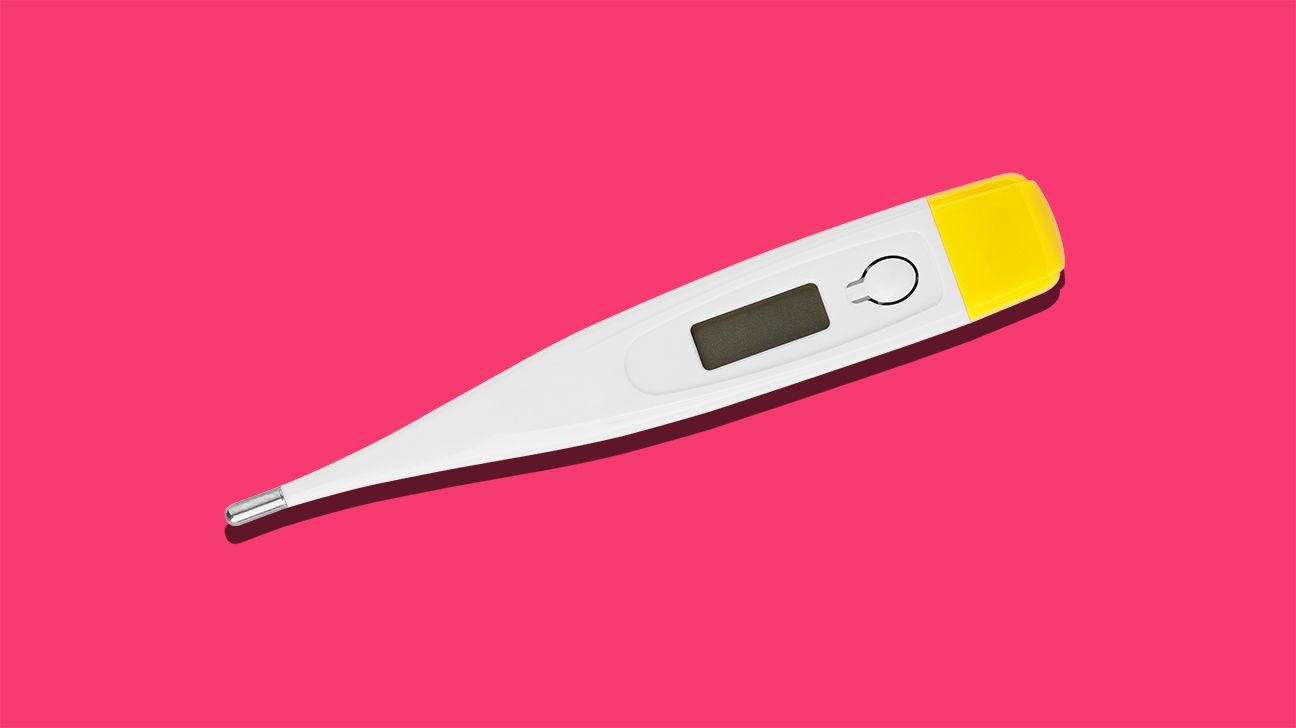Growing up, we all knew that if the thermometer rose upward of 100°F (38°C) or so, that our bodies were likely taking on some germs or an infection and that we may get to stay home from school and watch “The Price is Right.”
Our bodies have good reason to remain in a pretty constant state of around 98.6°F (37°C), give or take, to keep things like fungus from growing. But is 98.6°F (37°C) still the norm? Let’s get into what’s “normal” and what’s too hot to handle.
What’s a normal body temperature?
A few factors affect our body temperature such as age, hormones, and activity level, and there really isn’t an exact “normal” per se. But there are some general temperature ranges that most people fall into:
- Infants and children’s body temperatures range from about 97.8°F (36.5°C) to 99.5°F (37.5°C).
- Adult body temperatures range from about 97.0°F (36.1°C) to 99.0°F (37.2°C).
- Older adults more than 65 years old usually have, on average, lower body temperatures under 98.6°F (37°C).

For decades, though, ye olde 98 degrees was our standard bar for whether we were all good in the temperature department. In recent years, though, researchers have been seeing average human body temperatures lower.
A large, multi-racial study found that average body temperatures among ~35,500 people in the United Kingdom were closer to 97.9°F (36.6°C). Another study also suggested that body temperatures were declining, finding that it may be more like 97.7°F (36.5°C).
This may not be a bad thing. The lower body temperatures are thought to possibly be due to better healthcare and lowering infection rates.
Adults generally fall between 97°F (36.1°C) and 99°F (37.2°C). And just because you might be a little lower or a little higher doesn’t mean anything is necessarily wrong, especially if you’re always around that same temperature.
Children and babies usually run a bit warmer than adults, with temperatures ranging from 97.8°F (36.5°C) to 99.5°F (37.5°C).
Children are also more likely to run fevers when they get sick, and they can run especially high.
There are a number of ways to take someone’s temperature, but the safest ways, as recommended by the American Academy of Pediatrics, are with a digital thermometer in one of the following forms:
- in the mouth
- under the arm
- in the rectum (you know, the backside)
- in the ear using a tympanic thermometer
Low body temperatures can be caused by factors like an underactive thyroid gland or hypothermia. But higher body temperatures signaling a fever are more common. If you or your child has a fever, you may also have some accompanying symptoms like:
- sweating
- chills
- flushed skin
- body aches
- fatigue
- increased heart rate
Your doctor may just advise some old fashioned rest to nip that fever in the bud. But if you’ve had a fever for more than 3 days or so, or you also have vomiting, a stiff neck, throat swelling, or difficulty breathing, contact your doctor as soon as possible.
In babies and little kids, you’ll likely want to contact the doc if your baby or child is:
- less than 3 months old and has a temperature of 100.4°F (38.0°C) or higher
- more than 3 months old and has a temperature repeatedly above 104°F (40°C) at any age
- experiencing symptoms like a headache, sore throat, stiff neck, an unexplained rash, ear pain, vomiting, or signs of dehydration
- in a very hot place like an overheated car
Average body temperatures have been lowering in recent years, likely due to a number of factors that researchers will continue to discover. The 98.6°F 98.6°F (37°C) that we always knew to be “normal” may not be as normal as we all thought. And that’s OK.
If you’re an adult and have a mild fever, it’s likely no reason to be too concerned. Cop a squat, watch the “Price is Right,” and stay hydrated. But if it’s your child or you have some additional symptoms, you might want to talk with your doctor.

